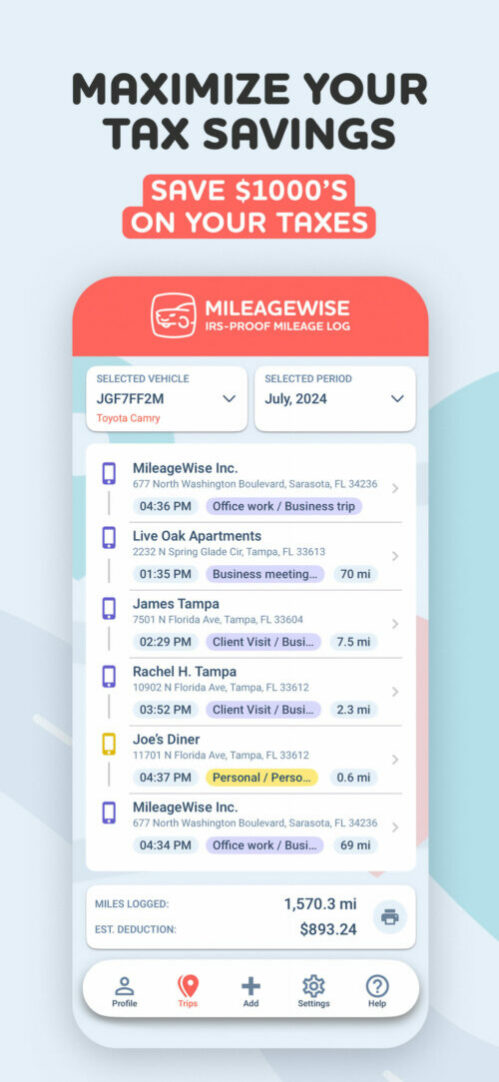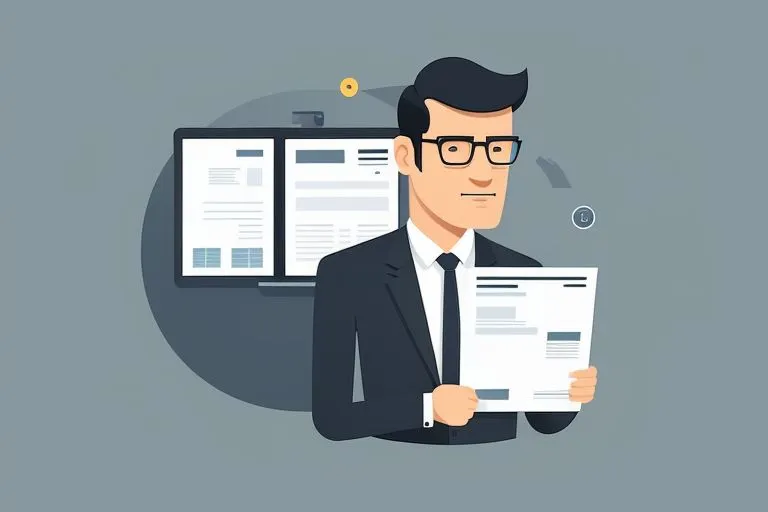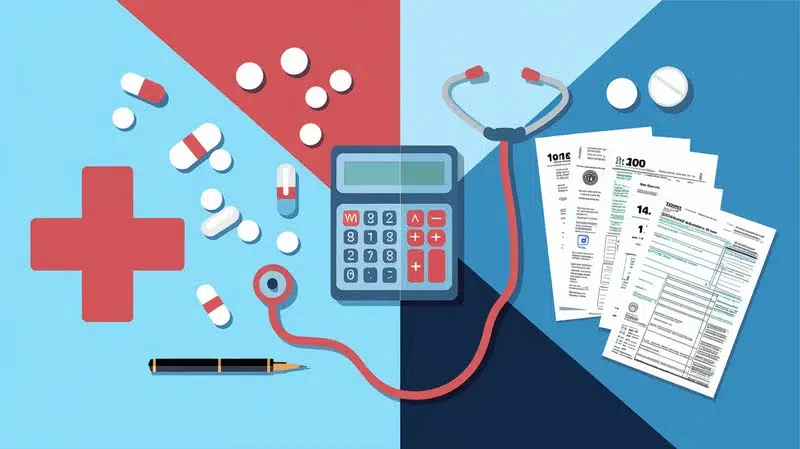Starting a small business can feel overwhelming, but it doesn’t have to be. You don’t need a degree, a huge budget, or even a perfect plan. Just an idea and the willingness to take action. Johanna Park, a successful small business owner, shares her experience in five simple stages, and we’re here to walk you through them.
Try MileageWise for free for 14 days. No credit card required!
Dashboard
Table of Contents
Stage 1: The Idea Stage – Find Your Business Idea
Every successful business starts with a solid idea. But how do you find one? Look at your skills, hobbies, and things you enjoy. Ask yourself:
- What am I good at?
- What do I love doing?
- What do people need and are willing to pay for?
It doesn’t have to be a groundbreaking idea. Many small businesses start with simple products or services. Just focus on something you’re passionate about. Once you have an idea, it’s time to move to the next step.
Stage 2: The Action Stage – Take the First Steps
Having an idea is great, but action turns it into a real business. You don’t need everything figured out right away. Start small and focus on what matters most:
- Choose a business name that fits your brand.
- Set up an online presence—Instagram, TikTok, Etsy, or Shopify are great places to start.
- Create a logo using small business software tools like Canva.
Taking these first steps will give your business a real foundation. Don’t worry about making everything perfect—just keep moving forward.
Stage 3: The Time Management Stage – Stay on Track
Running a business while juggling school, work, or family responsibilities can be tough. Good time management helps you stay productive without feeling overwhelmed. Here’s what Johanna suggests:
- Use a planner or a digital calendar to organize tasks.
- Set small, clear goals each week.
- Make steady progress instead of aiming for perfection.
Small steps add up over time. By managing your time well, you’ll keep your business moving forward without burning out.
Stage 4: The Opening Stage – Launch Your Business
Once everything is set, it’s time to launch! Many people hesitate at this stage, waiting for everything to be “perfect.” But the best way to start a small business is to just go for it. Here’s how:
- Post about your business on social media.
- Offer a special deal to your first customers.
- Ask friends and family to spread the word.
Your first sales might come from people you know, and that’s okay! The important thing is to get your business out there and start building a customer base.
Stage 5: The Growth Stage – Keep Improving
After launching, the real work begins. Growing a business takes time, patience, and a willingness to learn. Focus on these three things:
- Improve your products or services based on customer feedback.
- Try different marketing strategies to reach more people.
- Stay consistent—growth doesn’t happen overnight.
Many successful businesses start small but grow by making smart improvements over time. Keep learning and adapting, and your business will continue to thrive.
Final Thoughts
Johanna Park shared this advice from her own experience. She started a sticker shop as a teenager and grew it into a successful business. Her story proves that anyone can start a small business with the right mindset and effort. If you want to hear her full journey, check out her video below.
Starting a small business isn’t as complicated as it seems. Follow these five stages, stay consistent, and believe in yourself. Your business journey starts today!
FYI, don’t forget to track your miles for tax deductions, once you start driving for your business 😉
Level Up Your Mileage Tracking
MileageWise: Tracks trips automatically via vehicle movement, Bluetooth, and Plug’N’Go without draining your battery.
AI-Powered Mileage Log Generator: Our AI tool helps reconstruct past mileage logs and fill gaps in your log to ensure compliance.
Built-in IRS Auditor: Checks and corrects up to 70 potential red flags in logs, ensuring they meet IRS standards for tax deductions.
Web Dashboard & Team Collaboration: Manage logs, import trips, and collaborate with teams through the web dashboard, ideal for businesses.
Try it for free for 14 days. No credit card required!

FAQ
What is the best way to start a small business?
The best way to start is by identifying a business idea, taking action, and setting up an online presence. Don’t wait for perfection—just begin and improve as you go!
What are the most profitable small businesses?
Some profitable small businesses include freelancing, e-commerce, digital marketing, handmade products, and consulting. The best one for you depends on your skills and interests.
How much money do I need to start a small business?
It depends on the type of business. Some online businesses require little to no money, while product-based businesses might need an initial investment for supplies and marketing.
How long does it take to see success in a small business?
Success varies, but most businesses take months or even years to grow. Stay consistent, keep improving, and focus on building a loyal customer base.
Do I need a business license to start?
This depends on your location and business type. Check with local authorities to see if you need a license or permits before launching.
Rebeka Barefield
Similar Blog Posts

First-Hand Tips to Start a Small Business in 2025
Starting a small business can feel overwhelming, but it doesn’t have to be. You don’t need a degree, a huge budget, or even a perfect

Small Business Budget: Where to Spend and Where to Save
Creating a smart small business budget is essential for long-term success. Managing finances wisely helps business owners save money, improve, and invest. While some expenses

10 Essential Software Every Small Business Needs
Running a small business comes with many responsibilities. From tracking expenses to invoicing clients, managing everything by hand can be overwhelming. The right small business

How to File Small Business Taxes for the First Time
Filing small business taxes for the first time can feel overwhelming. But, with the right guidance, you can navigate it smoothly. We will guide you

4 Reasons Why Small Businesses Fail And How To Avoid Them
Why do so many small businesses fail? The truth is sobering: 50% of small businesses don’t make it past their fifth year. From cash flow

Can Sole Proprietor Deduct Medical Expenses?
As a sole proprietor, understanding what you can and cannot deduct on your taxes is crucial for effective financial management. One common question that arises



